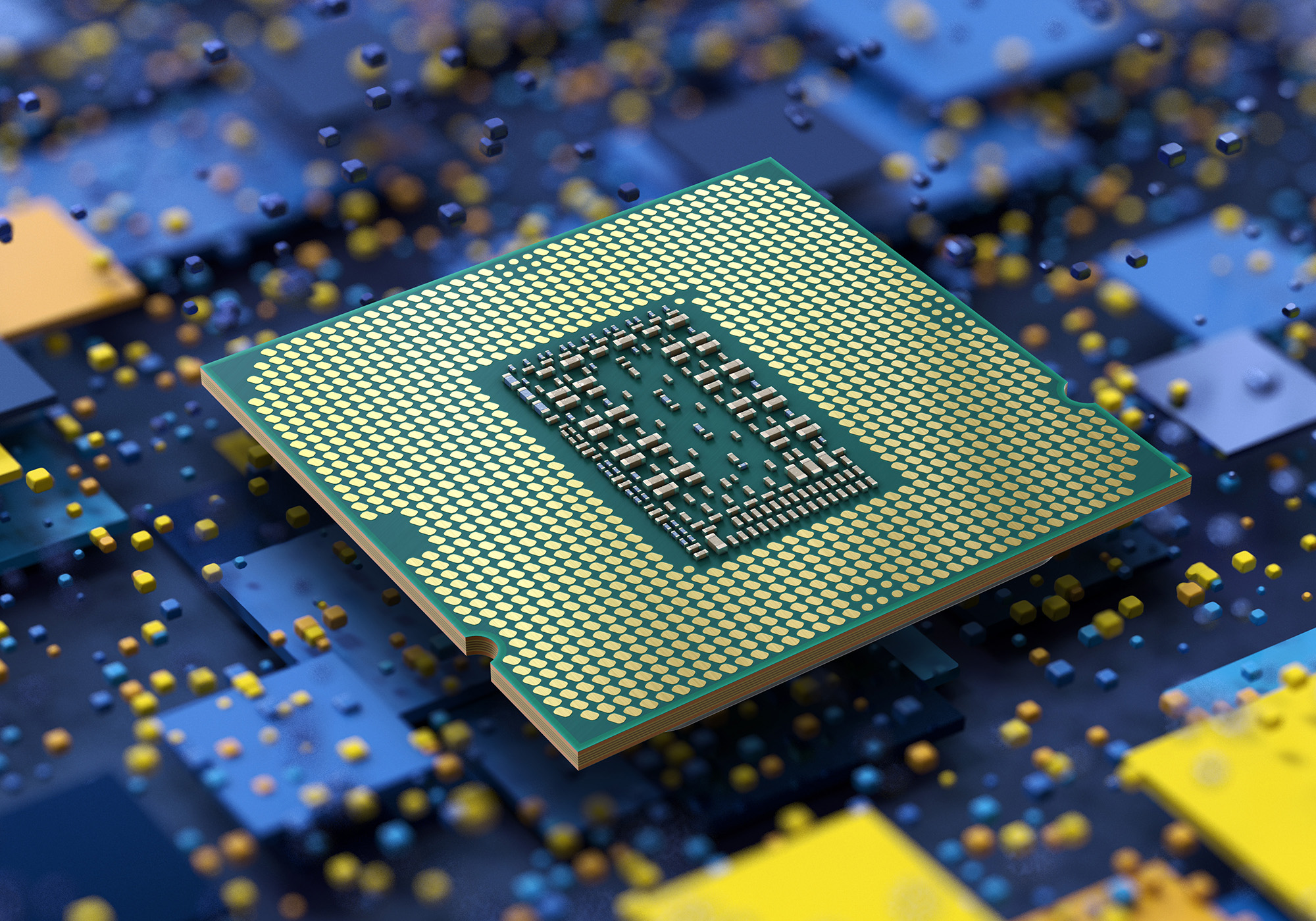Yeah, I get the idea of scratching the itch but I'd just do what some others here did after seeing 10th gen and wretched 11th gen - get a 9900K to drop into your current board and flip the 8700k. Should be doable for $100 or less and you get a new shiny thing for a bit while you wait.
Now, I personally think the 8700K is a fine CPU. Roughly equivalent to a $200+ 10600K even today and you could have had it for what feels like forever at this point.
That's solidly in my "you can probably wait to see Ryzen 3D and ADL results" zone which I'd say is ~3600 Ryzen or better, and at 6C/12T and lots and lots mhz it fits the bill.
Plus, some people here are likely to drop sick 5950x's and 5900x's! That's the only reason I have 5800x now

Oh yeah, and my son has a 8700K due to this as well




